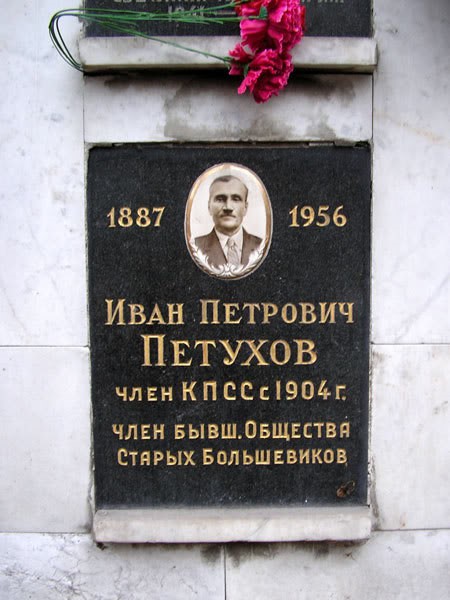To be naturally evoking, the photo should depart from every naturalness, and be heavily edited. There is no reason not to edit a photo up to making the depicted object unrecognizable. The photo is a specter of the moment, an apparition of the thing, and a ghost of the person. It is far more “natural” when it makes no direct allusion to the reality that it “represents,” not to mention that it does not re-present but simply presents. Presents something. Not reality. Or at least not really. The further it departs from shapes and shades, forms and surfaces, conventional lights and shadows, the better. Thus it does not attempt to deceive you, signaling with all possible clarity that this is the mold of what is already gone (if it ever was, at all).
Cartier-Bresson wrote: “A photograph is a vestige of a face, a face in transit. Photography has something to do with death. It’s a trace.” (http://todayspictures.slate.com/afterwar/18.html) The imagery of this phrase immediately burst into the bundle of separate galleries: transit refers to the fleeting, ephemeral nature of the matter, vestige and trace, to the capability of objects to remain visible and feelable after their disappearance and dispersing into nihil. The neighboring of the death and trace in the phrase evokes the moss-covered tombs on the old cemetery, in-rotten into dewed grass. To take it further, photography is a trace of what never happened, it is the flattening of the three-dimensional objects which makes them strangely, perversely more visual, stops attention, and settles into memory.
It has been noted how much the technological changes advanced photography. But the photography would soon live through another revolution when professional cameras would finally be capable of uploading the images onto the web directly. Before that, we live in the medieval times.
The development of technology changes the experiences of taking the photo and of being photographed. It has been a time since I had an experience of a posed collective photo, previously a popular genre. Family gatherings may still require this sort of ritualized activity, but once it was a ceremony that had to be agreed upon in advance. My mother and her sister would clad themselves and us, their children, in the fine dresses, and lead to a studio. The photographer would arrange everyone like the docile dolls, put your hand here, lift your chin, do not blink, stare at the aperture of the camera resembling the squid’s eye; now the bird will fly out. One of such photographs, buried somewhere in my archives, is memorable because it pictures the three children’s faces, out of four, unhappy, with the angles of their lips pointed down, while Lena, the oldest sister, and our mothers are appropriately cheerful and smile. For some reason, my brothers and I, three of us, did not want to undergo the procedure slowing down our summer entertainment. We did not succeed in convincing adults that it is not a good idea, but we succeeded that day in spoiling everyone’s mood, and the photograph, with our silly pouts.
By contrast, new genres emerge to supersede the dying with the development of technologies. Selfie, which now requires nothing but a moment, has been propagating at the frightening rate. Periodical grumblings that people nowadays have exclusively selfies in their camera rolls aside, the creative projects exploring the ephemerality of one’s own face are on the rise: A Man Takes Photos of Himself for 12.5 Years (https://www.youtube.com/watch?v=iPPzXlMdi7o). Woman Takes a Picture of Herself for 5 years (https://www.youtube.com/watch?v=BgcBx4Ut-JA). And so on. One of the most powerful projects here is Abused Woman Takes Pictures of Herself for a Year (https://www.youtube.com/watch?v=03HnWYb3oTs).
With the exception of this last example, which goes far beyond these tasks, that is the exploration of how we age, what happens to us, and how it changes our facial features, the inescapability of time, the impact of the environment.
Photography is the second invention of time; time made tangible. A work of the photographer is the work of the collector, the self-assigned archivist, and the translator who renders seen by many, captured by no one, into the language known by all.
The majority of photographers are the classifiers that are interested in no system but in kickshaws and miscellany. But once a conceptual clear-cut comes into play (like the idea of architectural geometry in the Soviet spaces), the visual projects come into being and flourish.


